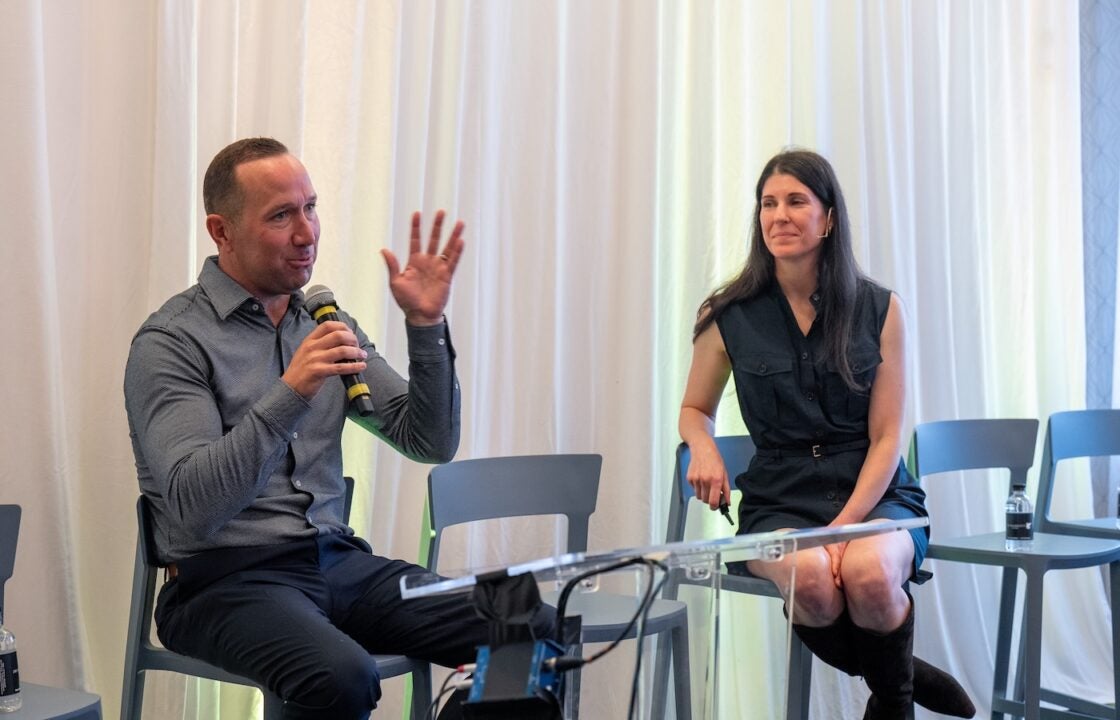May 17, 2023 in Composable origination
Why now is the time for banks and credit unions to go all-in on composable tech innovation
Speed. Flexibility. Agility. Are you and your technology future-ready?

Anyone who’s plugged into the tech world has no doubt recently heard of “composable solutions” or some iteration. From retail to healthcare, industries are increasingly trading in the cumbersome, monolithic tech stack for its more digitally-relevant descendant: composable infrastructure.
But what exactly is composable tech? Why has it been popping up in your feed? And most importantly, should the financial services industry start embracing it across the board?
The answer is a resounding yes. And here’s why.
Meet composable, the new kid on the (building) block
By design, composable solutions are flexible, customizable, and can continually and quickly evolve to meet customer needs. Think of composable tech as a Lego-like structure — blocks can be easily swapped in and out as needed for limitless designs.
So what does this mean for banking? The ability to harness the power of cloud computing and open APIs allows banks to treat change for what it is: a constant. This adage rings especially true in financial services, where market volatility and up and down turns are the norm.
Stay up to speed on composable
Subscribe for industry trends, product updates, and much more.
Gone are the days of a one-size-fits-all tech approach. Composable banking is tailor-made — if every financial institution had a team of tailors sitting in the office.
Banks can take advantage of pre-built integrations to existing tech that is commonly used in the financial services industry: core banking systems, loan origination systems, CRMs, online banking platforms, and more. These integrations make it possible to create service-aligned blocks that can be combined into various workflows.
The best part? Those components can be combined and recombined to meet each new product iteration’s requirements.
Composable banking tech represents a paradigm shift in the way banks operate, and where there’s a paradigm shift, there’s opportunity.
But why now?
Ferris Bueller said it best way back in 1986: “Life moves pretty fast. If you don’t stop and look around once in a while, you could miss it.”
We’re living in an age of radical technological innovation. And we can already see that the companies not taking time to take stock of their digital capabilities are on track to miss out on a serious opportunity to thrive. Just look at the past three years.
The COVID-19 pandemic, the tidal wave of Paycheck Protection Program (PPP) loans, the rise of AI in the banking world, digital regulatory compliance concerns, and the current economic climate following the sharp market downturn in 2022 have all underscored the importance of future-ready banking technology.
Banks that were relying on legacy tech infrastructure, and even institutions that were using an amalgam of legacy and modern technologies, found themselves racing to provide the digital banking capabilities customers required. And although the threat of COVID-19 has largely disappeared, the consumer demand for digital-first banking is here to stay.
Digital-first = customer-first
The confluence of new, digital native consumers gaining wealth, increased competition from newcomers to the financial services world like Apple, and the rising prevalence of the experience economy, where companies like Netflix have set the customer-first standard, is adding to an already challenging climate.
Even if banks make enough changes to their tech stack to meet the rising digital-first expectation, it won’t really cut it unless they can provide those services in lockstep with the accelerated pace of change. In other words, banks that will thrive will be those that are able to design and deliver new products faster than ever.
The time is ripe for composable — don’t miss out
Take a good look at your current tech stack. Is it slow to iterate and scale to new markets and channels? Is it too slow to provide a modern customer experience? Is it expensive to update and operate?
If you answered yes to any of those questions, it’s likely time to take a look at a composable solution. In December 2022, Gartner predicted that 60% of financial institutions would be looking for composable solutions by 2024 — and that companies who trade in rigid legacy tech for composable’s innate flexibility could see as much as a 30% increase in revenue.
As banks struggle to maintain or even achieve primary financial institution (PFI) status, offering deposit account, home equity, and all manner of financial services powered by composable origination can make all the difference.

Are you ready to see what innovation can do for you?
Find out what we're up to!
Subscribe to get Blend news, customer stories, events, and industry insights.


